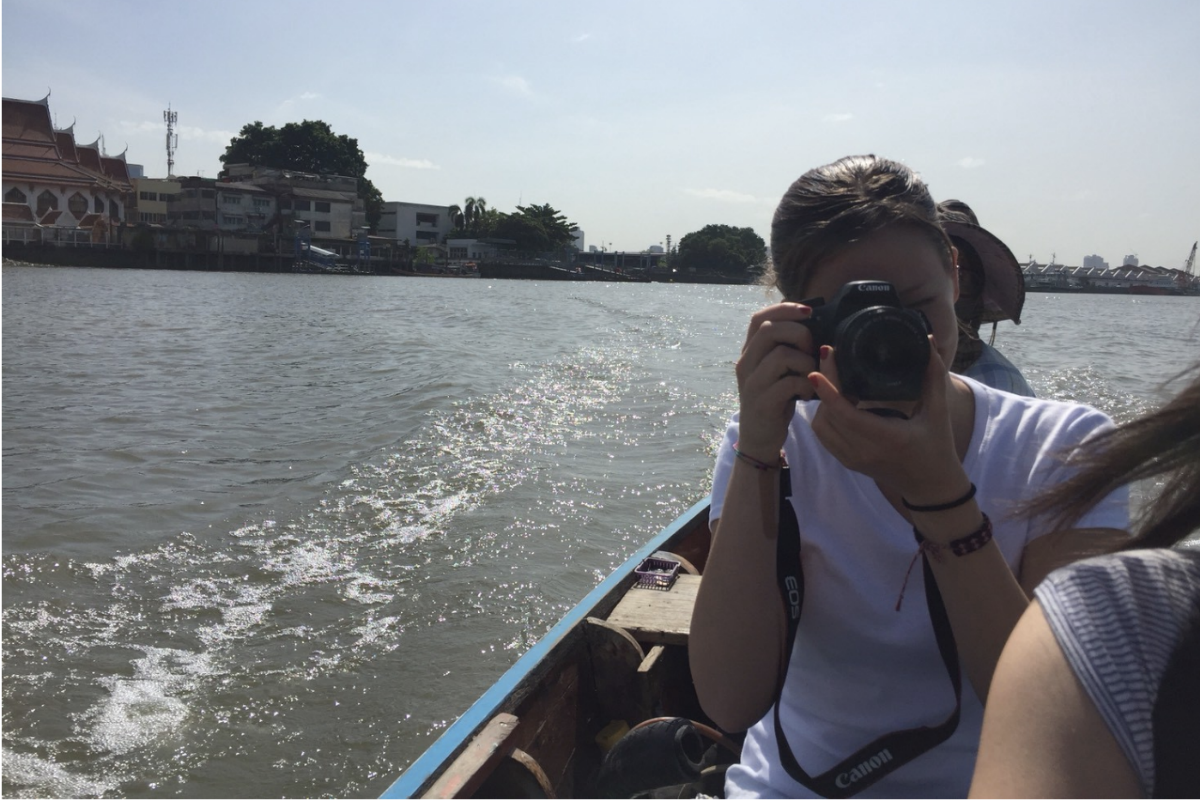
A version of this story was first published on Khaosod English.
BANGKOK — Last month’s dramatic rescue of 12 young Thai soccer players and their coach from a flooded cave drew hundreds of journalists to northern Thailand.
As a foreign correspondent working for an English language daily in Bangkok I wrote about the rescue efforts from about 500 miles away. I was not physically on site and I was new to the country and just getting used to my new Thai newsroom. One of my colleagues said they hadn’t been so busy since the Thai king died in 2016.
But even at a distance, I got a glimpse of how international news coverage can affect important local stories. After the successful rescue, some of the responders and journalists on the scene shared their experiences at the Foreign Correspondents Club of Thailand.
During the weeks that journalists converged on Chiang Rai, a tragic plane crash and a capsized ferry boat in Phuket went under-reported. The media cannot be everywhere at once, but most of the forces were already deployed in Chiang Rai at the cave, so they stayed there.
Thai media seemed to focus on the drama of the cave rescue story as much as foreign reporters did. However, the difference was that Thai reporters had a certain distance from families and sources that they respected. International media seemed to push those boundaries.
“[Covering the rescue] was one of the most intense things I’ve ever been a part of,” said freelance journalist David Foster, speaking on a panel at the Foreign Correspondents Club of Thailand.
Foster was among about 500 reporters, photographers and fixers to gather outside the cave in the days before the boys were found on July 2. Before members of the local community stepped in to help organize things, there was no shade and seating, and not enough signal to send footage back to their newsrooms, Foster said.
He described muddy conditions, hot and humid weather, rainstorms and short tempers. Friends of the 12 boys trapped in the cave had come to sing songs of support, and journalists competed for the best spots and the first interviews.
A lack of information coming from official sources and pressure from newsrooms to get a new angle every day increased tensions. What began as twice daily briefings gave way to an unpredictable daily announcement.
Liam Cochrane, Southeast Asia correspondent for the Australian Broadcasting Corporation and another member of the FCCT panel, said that editors’ demands for hourly updates prompted journalists to interview other journalists, sometimes creating a vicious cycle of misinformation.
During one stretch of waiting for new developments, Cochrane recalled seeing two cameramen filming toilets in the men’s room for a story about conditions at the site.
“You know the story is running out of fresh angles when you see this kind of thing,” he said as the crowd laughed.
Widespread reports cite officials asking media to be more respectful. Officials also took a lot of time organizing the sheer size of the media presence that could have taken away from critical rescue volunteers’ time.
When the rescue operation was set to begin, officials ordered all media moved to the parking lot of local government offices several kilometers away.
The relationship between news organizations and the government remained tense. Officials denounced news agencies using drones in their coverage, which officials said could disrupt the flight paths of the military’s emergency helicopters. A local television channel apologized for doing so following widespread social media criticism.
International figures fanned the frenzy of media coverage. Elon Musk offered assistance in the form of a miniature submarine; something that was not asked for and that went unused. Diving expert Vern Unsworth, who was instrumental in mapping the cave and providing key information for rescuers, called Musk’s submarine a PR stunt. Musk responded by calling Unsworth a pedophile on Twitter.
Finding sources to interview while not interfering with their duties or crossing ethical lines was a challenge for many journalists. Some of the most important sources, especially the foreign rescue divers close to the critical rescue effort, declined to speak. While some spoke of their experiences, most went silent when the rescue operation began.
Belgian diver Ben Reymenants said that once the operation began divers were ordered not to speak to the press until everyone made it out safely.
Foster, the freelancer on the panel, said a chat group for government officials to share information with the media went silent and was mostly only in Thai.
Even after the boys and their coach made it out safely, the call for restraint on the media continued.
The national psychiatric association’s Alanya Ratchatanan called on the media to follow his set of guidelines, which gave the boys and their families privacy so they could adjust to normal life.
Government officials also told reporters to stay away from the boys’ families. The panelists at foreign correspondents club agreed that most journalists, local and international, obeyed those wishes.
However, some foreign media posted fixers, or local assistants who translate and help with reporting, near the boys’ homes, and told them to pretend to be relatives or offering money, Cochrane of the Australian Broadcasting Corporation said.
After US network ABC published an exclusive interview with one of the boys, the network came under fire from the public, government and other media, domestic and international.
But despite the intense competition between Thai and foreign journalists, there was at least one issue where nearly everyone came together, according to Nat Sumon, a producer on the panel.
She described the moment the first boys were brought out of the cave. The first rescued boys’ names leaked on Twitter, but Thai and international journalists alike chose not to publish them to respect the families of the boys who still awaited rescue.

